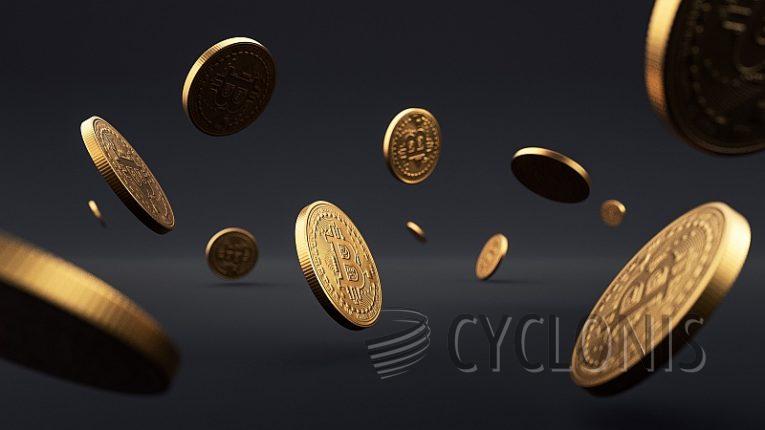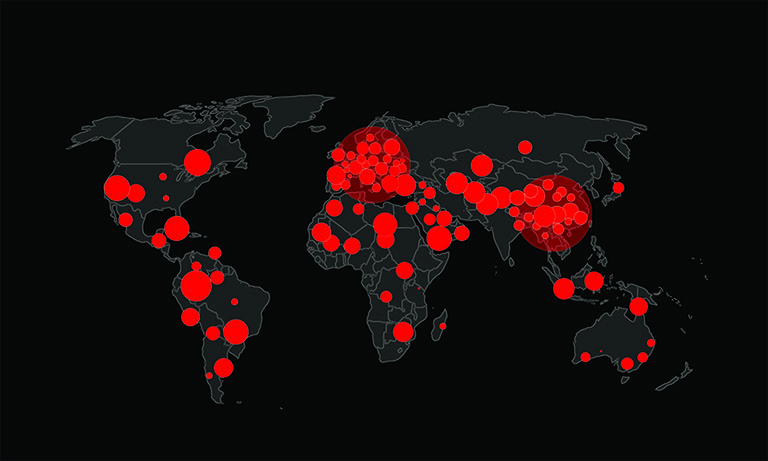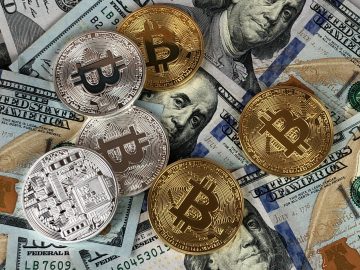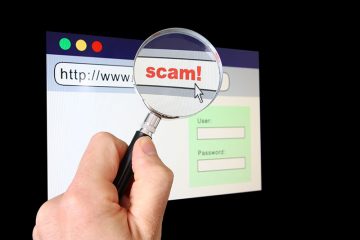MOG Coin Scam And How It Steals Your Cryptocurrency

In the rapidly evolving world of cryptocurrency, new opportunities can arise overnight, but so too can new scams. One such scam is the MOG Coin scam, deceiving unsuspecting investors by posing as a legitimate cryptocurrency platform. Here, we will help you understand how this scam operates, how it can affect you, and what you can do to protect yourself.
Table of Contents
The Deceptive Allure of the “MOG Coin” Scam
The MOG Coin scam presents itself as a promising new cryptocurrency opportunity, often through a seemingly legitimate platform. One of the primary sites involved in this scam is mogccoin.com, but it's important to note that this fraudulent scheme could also be hosted on other domains. The scam promises lucrative returns by promoting a fake cryptocurrency called "Mog Coin" and luring users with the enticing phrase "tokenized winning."
However, behind this attractive facade lies a dangerous scheme designed to drain victims' digital wallets. Users unknowingly sign a malicious contract When they visit the fake site and attempt to "connect" their wallets. This contract allows the scammers to siphon off funds from the victims' wallets, leaving them with financial losses that are often difficult, if not impossible, to recover.
How the Wallet Draining Mechanism Works
At the heart of the MOG Coin scam is a sophisticated wallet-draining mechanism. When a user clicks on the "CONNECT WALLET" button on the fraudulent website, they trigger a process that enables automatic transfers of digital assets from their wallet to the scammers' wallets. These transactions are designed to be subtle and can often go unnoticed for extended periods, especially if the amounts are small or the victim isn't vigilant about tracking their assets.
Some of these draining mechanisms are advanced enough to estimate the value of the digital assets in a victim's wallet, allowing scammers to prioritize high-value targets. Because cryptocurrency transcations are anonymous and irreversible, it's nearly impossible for victims to recover their funds once they have been stolen.
The Broader Landscape of Cryptocurrency Scams
The MOG Coin scam is just one example in a broader landscape of cryptocurrency-specific scams. These scams typically fall into three categories: draining mechanisms like the one described above, phishing schemes that target wallet log-in credentials, and scams that trick users into manually transferring funds to a scammer's wallet.
These fraudulent schemes are often promoted using various tactics, including fake coin/token promotions, airdrops, giveaways, and alerts about suspicious activity or security issues. Despite the different approaches, the end goal is always the same: to trick victims into handing over their hard-earned digital assets.
How Scammers Promote Cryptocurrency Drainers
Scammers use various methods to spread their cryptocurrency drainers. One of the most common is malvertising, which involves the use of malicious advertisements that appear on legitimate websites. These ads often promise users something enticing—such as a chance to invest in a new cryptocurrency or participate in an airdrop—in exchange for connecting their digital wallets.
Another common tactic involves using social media platforms, where scammers promote their schemes through compromised accounts. These accounts may belong to real companies, celebrities, or influencers, adding layer of credibility to the scam. Users might receive direct messages or see posts encouraging them to connect their wallets or invest in the new cryptocurrency, only to fall victim to the draining mechanism.
Staying Safe in the Cryptocurrency Space
Given the sophistication and persistence of scams like the MOG Coin scheme, it's crucial to exercise caution when navigating the cryptocurrency landscape. Check out some key steps you can take to protect yourself:
- Be Skeptical of Offers That Sound Too Good to Be True: Scammers often lure victims with promises of high returns or exclusive opportunities. If something seems too good to be true, it probably is.
- Verify URLs Carefully: Always double-check URLs before entering sensitive information. Scammers often create websites that look almost identical to legitimate platforms but with slight variations in the URL.
- Avoid Connecting Your Wallet to Unverified Platforms: Only connect your digital wallet to well-known and trusted platforms. If a site requests access to your wallet, ensure it is a legitimate request from a reputable source.
- Be Wary of Unsolicited Messages and Emails: If you receive a message or email urging you to take immediate action, especially from an unknown sender, proceed with caution. Avoid clicking links or downloading attachments from these messages.
- Download Only From Official Sources: Whether it's software, apps, or browser extensions, always download from official and verified sources. This reduces the risk of accidentally installing harmful software that could compromise your security.
Final Thoughts
The MOG Coin scam is a stark reminder of the importance of vigilance in cryptocurrency. By staying informed and exercising caution, you can protect yourself from these deceptive schemes. Always take the time to verify the legitimacy of any platform or offer before committing your digital assets, and remember that your online safety is in your hands.








